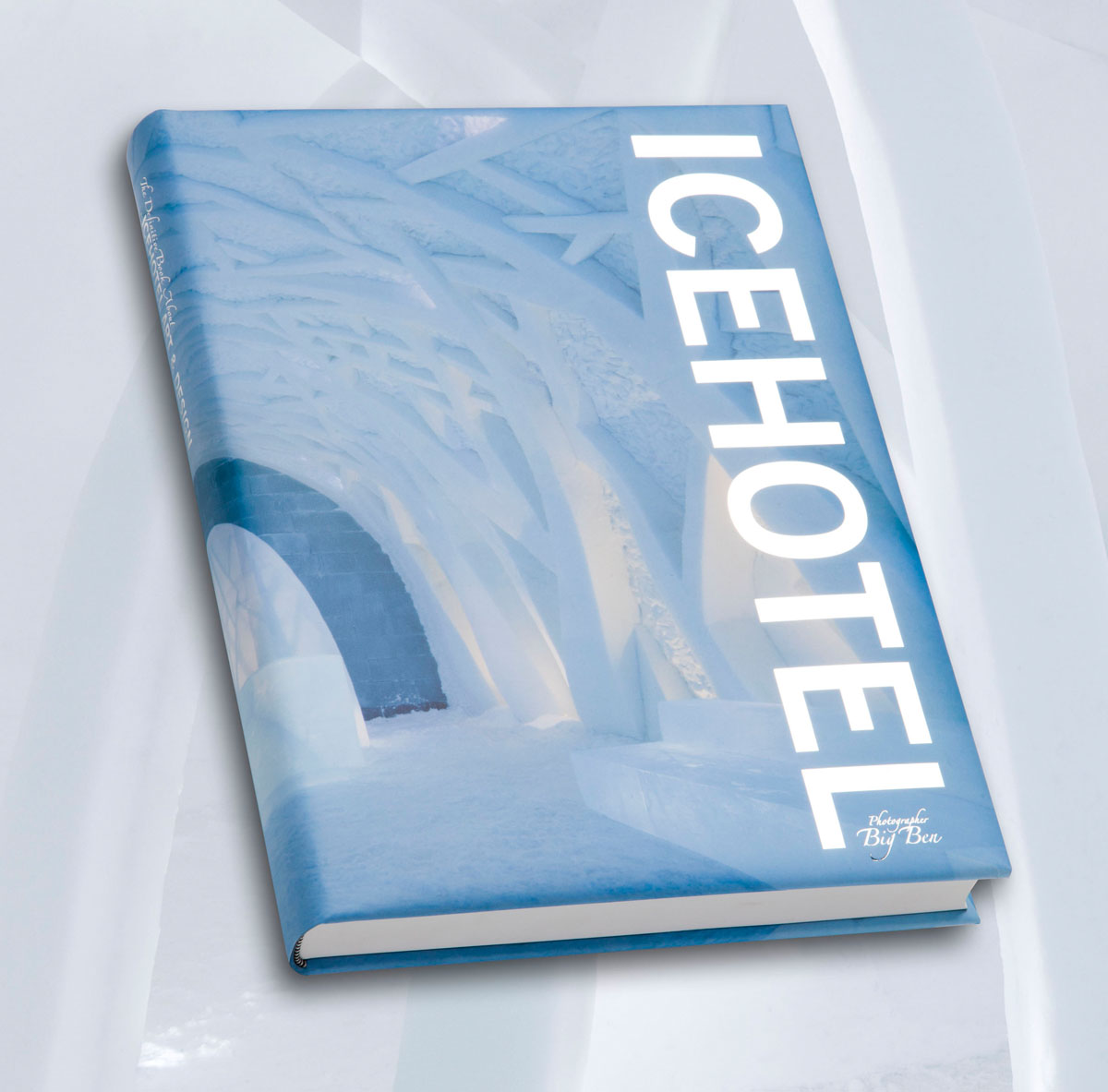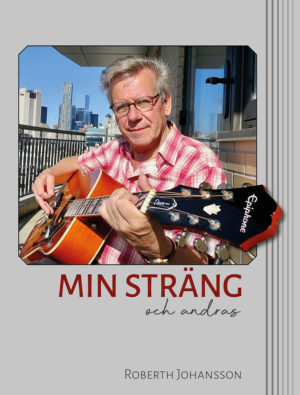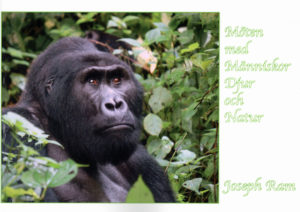
Icehotel: The definitive book about Icehotel art & design
It is difficult relating the history of ICEHOTEL without using the word journey. Journey implies excursion, expedition. This would be appropriate as one needs to travel to the Northern edge of Sweden; to Jukkasjärvi to witness the winter wonderland that has become world famous. This history is also a journey of two men, their friendship and how their collaboration helped create one of the most unique travelers’ destinations in the world.
It’s clear there is a strong connection between Arne Bergh and Åke Larsson; an electric current can be felt in the air. These two share a lifetime of common experiences and creative dreams. They speak the same inventive language and the conversation is always accompanied with laughter and innuendos. It has been years of Arne & Åke asking each other not can, but how we do this? The shared insatiable curiosity and the sure, we can do this attitude plus a bit of stubbornness and the continuous dialogue of visions and dreams are the ingredients for making the impossible possible; this is the fabric of ICEHOTEL, instilled with their mantra: Creating pure art from pure materials. It takes a defiant self-assurance to even imagine a hotel constructed entirely out of snow and ice. Design of any kind has often been described as problem solving and this has visibly been the case with the evolution of ICEHOTEL.
While Arne & Åke were becoming friends in Uppsala, Sweden and pursuing their own art, the seeds for ICEHOTEL were slowly being sown in Jukkasjärvi, Sweden; 200 kilometers north of the Arctic Circle. Jukkasjärvi is a small village located on the mighty Torne River. The natural resources of rushing water and expansive terrain allowed for a robust summer tourist trade. In the 1970’s, Yngve Bergqvist, an entrepreneur by heart, began working with a small local folklore tourism company. Even back then, nature and the clean water of the Torne River was the focus. Wintertime tourism did not yet exist as Jukkasjärvi didn’t seem to have anything to offer, something which was to be changed due to an unpredictable chain of events. Inspired by other winter resorts and snow festivals in Japan, Yngve realized the Torne River was an endless reserve of a magic material; ice. By November 1989, Yngve invited two Japanese ice artists to Jukkasjärvi to conduct the first ice snow seminar together with the Society of Snow & Ice Sculptors in Kiruna.
The following year, journalist Per Granlund took the initiative to build an igloo, the Artic Hall. It was materialized by Yngve along with the construction master Kauko Notström. This 60 square meter snow structure was a gallery exhibiting art, but not art made of ice; an unassuming start for what would become the world-renowned focal point of ice art itself; ICEHOTEL. As it often occurs with great events, the progression from Artic Hall to ICEHOTEL was quite accidental. In 1991, a lack of overnight lodging spontaneously turned the exhibit igloo into a sleeping lodge.
In winter of 1993, Arne & Åke decided to visit Åke’s childhood home in northern Sweden to compete in the Kiruna Snow Festival. What was to be a quick getaway, redirected these two artists lives. As a side trip to the snow sculpting competition, they decided to go and see the much talked about Artic Hall. This getaway journey left the men with the resolve to return to the Arctic Circle as soon as feasibly possible. They had both been seduced by the beauty of the ice. The following year Arne heard about a two-week ice-sculpting course in Jukkasjärvi and mentioned it to Åke. His response was “I’m in!” It became immediately apparent that this frigid Nordic riverbank was exactly where Åke & Arne were meant to be. Within days into the course, the two artists were adapting sculpting tools while envisioning the endless potential of ice and snow, something they thoroughly discussed with Yngve. Yngve’s entrepreneurship and the artistic talents of Arne & Åke turned out to be a perfect match. This trilogy of magnetic personalities and talents combined forces and transformed the Artic Hall into the success story of ICEHOTEL.
Not long after Arne’s & Åke’s appearance at the arctic scene when ICEHOTEL was still in its cradle, a huge landmark event was to take place. A few art suites had become a part of the concept, the first ABSOLUT ICEBAR had been made and the Main Hall and Church were established, but the actual journey had only begun. At the time, no-one could envision what was to come.
In late winter of 1996, Arne got a call from Yngve about a project request; a project which later would be seen as the turning point for ICEHOTEL. It was a European film company inquiring if ICEHOTEL could build a glacier ice cave for the filming of Billie August’s screen versions of Peter Høeg’s novel Smillas Sense of Snow. The task was enormous, a glacier ice cave 8 meters high and 50 meters long and it had to look as if made by nature. The trio took on the challenge without knowing what an endeavor it would be. It hadn’t been done before, and at the time they certainly had no experience of building such large mise en scene. Ten days after the call, they were to present a test set design for the film production team.
The task required a whole new way of thinking. The main challenge was not only to build a realistic glacier ice cave; this ice cave was to be to be a diesel maculated crash site of a huge meteor. Until then Arne & Åke had had no reason to distort pristine clear ice and pure white snow, and hence no experience of how to make the pure clean matter look dirty.
It took experimenting, several trials and errors and more experimenting until they had figured out how to do it. To start with, they first had to solve how to make the texture and color scheme of the ice cave look natural. In order to do so, they realized plain snow and ice was not enough to get it right, therefore they came up with the creation- snice; a mixture of snow and water which continues to be an important substance of ICEHOTEL. The snow walls needed not only to be shaped into an inartificial look, the color tones of a glacier ice cave are not pure white; it contains shades of blue and green as well and thus required paint work. Once they shaped the snow walls, a fine mist of water was sprayed on to get the right texture. After it had frozen, yet another layer of water mist pigmented with color was sprayed on. The third layer of clear water mist was to conceal the coloring, performing like a protective varnish, ....... och historien fortsätter i text och bild i sammanlagt 536 sidor och med 490 fotografier.





